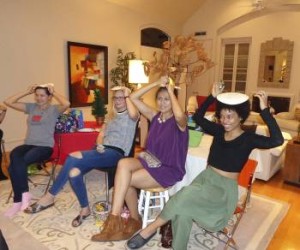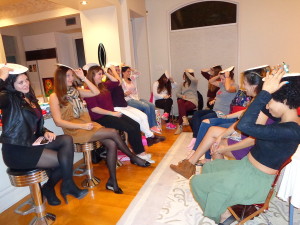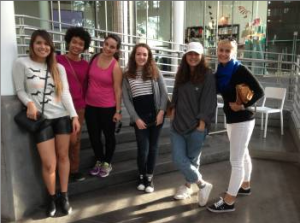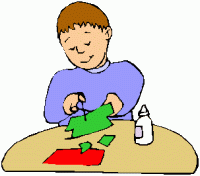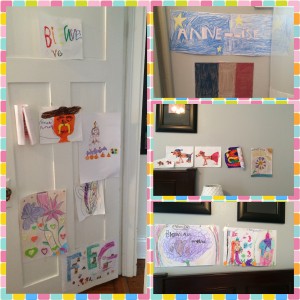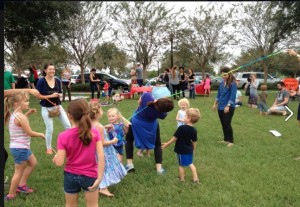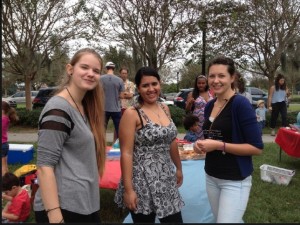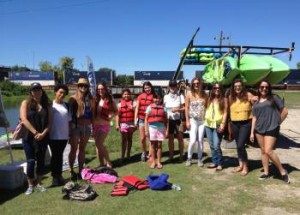FLEXIBILITY
Holidays are a lot of fun but they also require much planning, communicating, visiting, and accommodating other family members’ schedules, all of which may cause quite a bit of stress for your host parents. Try to be as helpful and flexible as possible to help your host family have a truly enjoyable time.
Childcare
More childcare duties will be required when children are out of school. Have a plan for the time when they put aside their Xmas toys and look for other amusement. Check out APIA website http://www.aupairinamerica.com/resources/activities/index.asp to get ideas on how to keep your host kids happily occupied.
Driving
Traffic tends to be heavier around the holidays. My best advice is to leave earlier than normal and take your time. Be the “bigger person” and allow that one last car to slip in ahead of you. It may avoid an accident. Remember au pairs can be asked to pay up to $500 of the deductible for an accident.
Healthy eating
Is your house filled with treats, and goodies that are tempting you? It is the season, and you are here for a cultural exchange, so try some of the traditional sweets your host family is offering, but it is a good idea to downsize your portions – how much you eat is as important as what you eat.
Tips for Host Families
Scheduling
Letting your au pair know her schedule in advance is important at any time but especially during holidays. For most au pairs these will be the only Xmas & New Year holidays in the States. Host families are asked to make an effort to follow the spirit of APIA program, which is cultural exchange, and both include AP in their celebrations and also give AP some time to experience and enjoy them with her friends.
Childcare
Please let your au pair know exactly what your expectations are regarding childcare. Is she supposed to let the kids be so they can enjoy unstructured time with visiting family members? Or is she supposed to keep them occupied so you can enjoy a quiet conversation with your brother and sister-in-law? Will grandparents take an active role in caring for the kids or should au pair get them ready for bedtime and read them a good night story?
Safety
If there is an alarm system for the house, be sure that the au pair is listed with the alarm company as a legitimate user of the alarm. Also, the au pair must know the appropriate security code in case of a false alarm.
TLC
If holidays can be stressful for host families, they can be doubly so for au pairs. Please keep in mind that your au pair is in a foreign country, away from her family, friends, and familiar circumstances at the time when we all celebrate family and togetherness! Please make sure to give your au pair some Tender Loving Care that you’d like your daughter to receive were she to be an au pair far away from home.


